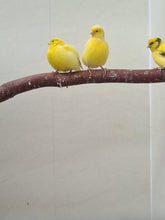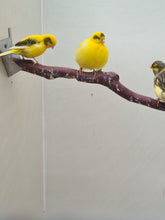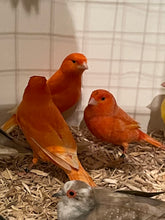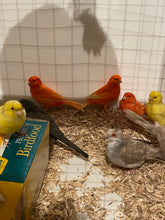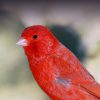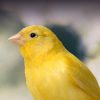Care & Feeding
Personality & Behavior
Speech & Sound
Health & Common Conditions
Get a Canary
- The canary is a hands-off bird
- Diet & Nutrition: Canary food
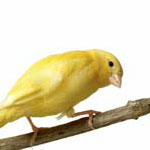 The canary as a companion has deep roots in the American psyche, perhaps due to its contribution as a noxious gas detector in the coal mines of the 1800s and early 1900s or its use as the model for the feisty yellow cartoon character, Tweety Bird. Whatever the case, the canary has been a favorite among bird keepers for hundreds of years, and has been bred into more than 200 breeds, much like dogs have, each breed prized for a particular skill or appearance.
The canary as a companion has deep roots in the American psyche, perhaps due to its contribution as a noxious gas detector in the coal mines of the 1800s and early 1900s or its use as the model for the feisty yellow cartoon character, Tweety Bird. Whatever the case, the canary has been a favorite among bird keepers for hundreds of years, and has been bred into more than 200 breeds, much like dogs have, each breed prized for a particular skill or appearance.
But for all its popularity over the centuries, the canary seems to have been pushed aside by the parrot, a relatively new companion animal to the average home. The parrot is known as a hands-on bird; the canary isn’t. Perhaps this is why some canary enthusiasts call them the “forgotten bird.”
Native Region / Natural Habitat

The canary was named for its place of origin, the Canary Islands; the islands were named after the dogs kept by the islands’ residents, more specifically after the Latin designation for dog, canis. The original canary was nothing more than a greenish-colored finch, nothing out of the ordinary — except for its song. Europeans fell in love with the canary’s song, and began importing them in the late 1500s. Eventually, the Europeans began breeding these birds and capitalizing on small mutations, developing canary breeds that hardly resemble each other today, and certainly don’t resemble their wild ancestor.
Care & Feeding
Though it is primarily a solitary species, a canary in the midst of breeding season will want to mate, and though some canaries will show little interest in anything but breeding, some do become fiercely attached to a mate. As for breeding behavior, canaries are like clocks that use the sun to show them when it’s time to nest. This natural behavior can be disadvantageous for the house canary, whose life is filled with artificial lighting.
Housing for any bird is an important factor for keeping it healthy, but proper housing for the canary is essential for keeping it happy and singing. Also, each canary should have its own cage, or the result could be deadly. Canaries are territorial and do not like to be housed together. Canaries can live more than 14 years with proper care.
Birdseed is not enough to keep a canary in its prime. A nutritious canary diet should consist of pellets, such as Lafeber Premium Daily Diet Pellets for Canaries.





